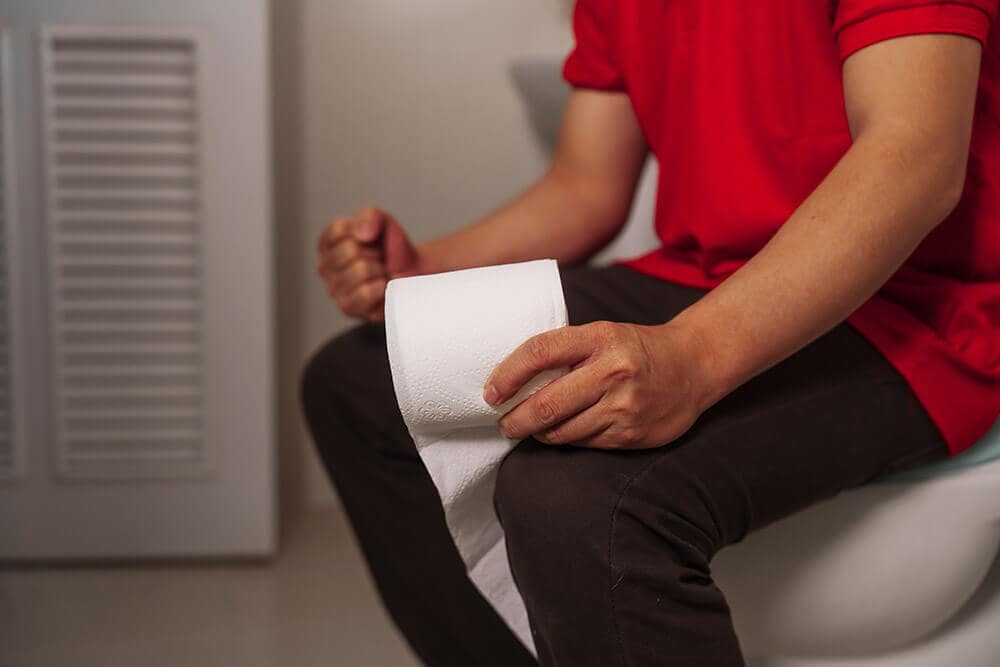Expert Treatment for Perianal Abscess by Dr. Bharat Pothuri
Dr. Pothuri uses a step-by-step approach:
Medical History and Physical Exam
He asks about the onset, location and character of your pain, dietary triggers, medication use (NSAIDs, alcohol), and any red-flag symptoms like weight loss, vomiting, or bleeding.
Laboratory Tests
We check a complete blood count (CBC) for anemia or infection, liver function tests (LFTs), amylase/lipase for pancreatitis, and H.-pylori breath or stool testing.
Imaging Studies
- Abdominal ultrasound to evaluate the gallbladder, liver, and pancreas for stones or inflammation.
- CT scan of the abdomen when more detailed anatomy or urgent pathology is suspected.
Endoscopic Evaluation
An upper endoscopy (EGD) allows direct visualization of the esophagus, stomach, and duodenum. Biopsies can detect ulcers, gastritis or celiac disease.
Advanced Testing (if needed)
When standard tests are inconclusive, Dr. Pothuri may recommend gastric emptying studies for gastroparesis, 24-hour pH monitoring for reflux, or MRCP to assess the biliary tree.

Frequently Asked Questions
How long does healing take after drainage?
Most patients feel relief within a few days. With proper care, full healing typically occurs in one to two weeks.
Can I prevent another perianal abscess from forming?
Yes. Eating a high-fiber diet, staying well hydrated, and maintaining good anal hygiene help reduce your risk of future abscesses.
When is surgery needed for a perianal abscess?
Large, deep, or recurrent abscesses usually require incision and drainage to remove pus and prevent complications.
Is antibiotic treatment enough without drainage?
Antibiotics can slow infection in early or small abscesses, but most cases still need drainage for full recovery.
Will my insurance cover abscess treatment?
Most major plans cover drainage procedures and follow-up care. We file claims using ICD-10 code K61.0 to ensure proper billing.
What type of anesthesia is used during drainage?
Drainage procedures are commonly performed under local anesthesia or light sedation to keep you comfortable.












